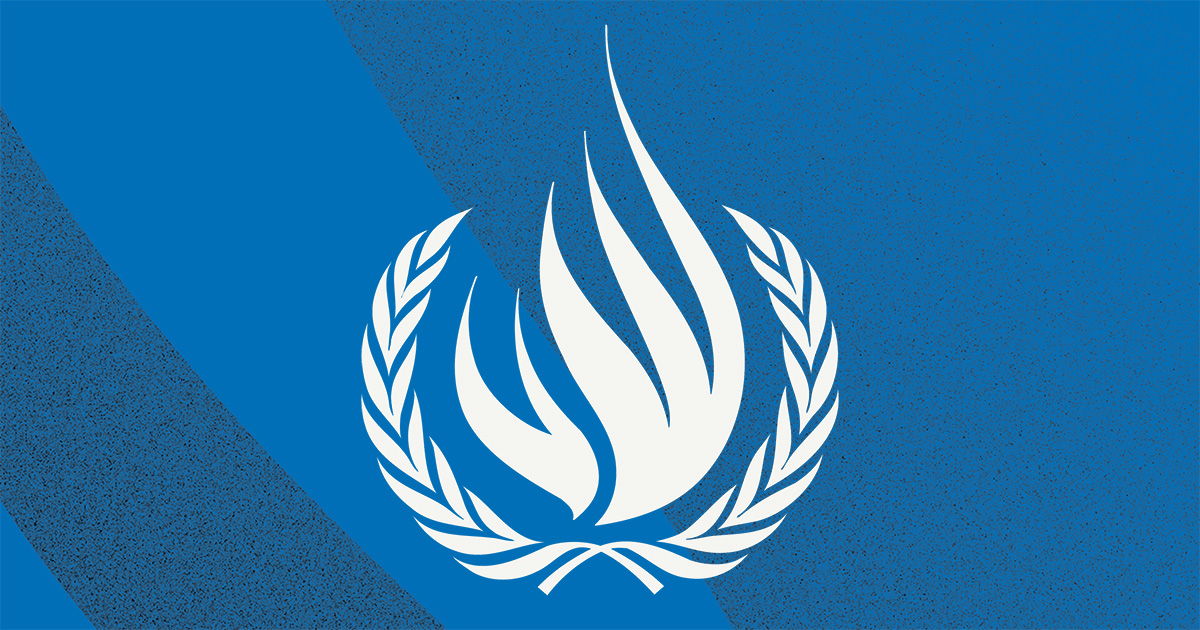
Weather is a perennial British obsession, with some of the country’s rainfall and temperature records going back centuries. Some of this data has been invaluable in drawing up detailed pictures of the British climate, which have been influential in computer models used to forecast climate change.
But some of it is still effectively unusable because it is marooned in reams of old-fashioned paper records. Now scientists at the University of Reading are planning to rescue these obscure rain gauge records, using citizen scientists to do the work. They hope that hundreds of people currently stuck indoors with little else to do will be inspired to join up to help digitise rainfall data for use by meteorologists and climate experts.
Under the Rainfall Rescue project, volunteers will fill the gaps in British digital weather records between the 1820s and the 1950s by transcribing observations from scans of the old paper records.
“We are set to reach in time to rescue millions of pieces of UK rainfall data that are currently going to waste in filing cabinets,” said Ed Hawkins, a professor of climate science at the National Centre for Atmospheric Science and the University of Reading. “These records will help scientists better understand how and why rainfall varies so much in different locations across the UK. With much of the population facing long spells indoors due to Covid-19, the chance to be part of a serious science project may provide a welcome distraction.”
Thanks to Britain’s weather obsession, there are records from several thousand rainfall gauges sited across the country from the 1950s alone, but only a few hundred have been digitised so far.
The UK’s variable climate, which scientists recently suggested was responsible for disguising some of the impacts of the climate crisis while the impacts in other parts of the world are growing more obvious, makes it crucial to understand why some parts of the UK are wetter or drier than others and to discern long-term trends.
For instance, extreme years – a year-long drought in 1921 and the notoriously wet summer of 1912 – can tell scientists a lot, and their understanding will be vastly improved if the weather sources from those years can be viewed at last. Water companies and government planners will also benefit, as the resilience of current systems can be compared with real historical conditions.
This is the biggest such project yet, and Hawkins hopes to amass as near complete a record as possible from the 1820s to the 1960s, when digitised records began. There have been three previous weather rescue projects, in which volunteers transcribed measurements from a weather station on top of Ben Nevis and early Victorian records.











